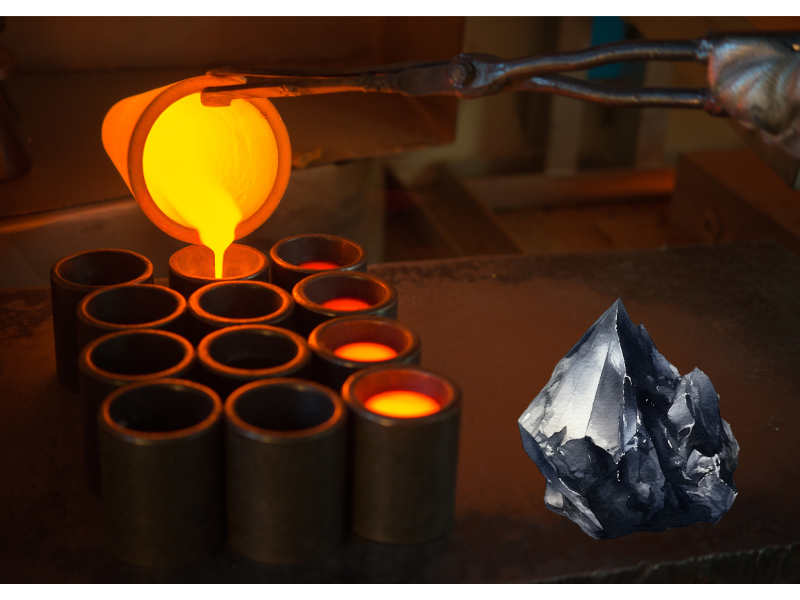Zinc ash, an essential byproduct of the zinc smelting process, finds its application across multiple industries, including metallurgy, construction, and chemicals. The price of zinc ash fluctuates based on several factors, making it important for businesses to keep an eye on market trends. In this article, we’ll explore the driving forces behind the zinc ash price and how these dynamics shape the market, helping you make informed purchasing decisions.
Key Influences on Zinc Ash Price
- Zinc Demand: A Direct Connection The price of zinc ash is inherently linked to the demand for zinc itself. Zinc is widely used for galvanizing steel, which is essential in industries like automotive, construction, and manufacturing. When global demand for zinc increases—especially during economic booms or industrial growth—its byproducts, including zinc ash, see a corresponding price rise. On the other hand, in times of reduced demand, like during economic slowdowns or market recessions, the price of zinc ash may drop.
- Production Costs and Environmental Impact The process of extracting zinc from ore is energy-intensive, and rising production costs often have a ripple effect on the price of zinc ash. Factors such as rising energy costs, stricter environmental regulations, and advancements in mining technology all contribute to the overall cost of zinc production. When production costs increase, the cost of zinc ash follows suit, which can affect the prices companies are willing to pay for it.
- Economic Cycles and Global Trends Market conditions and economic cycles significantly influence zinc prices. During periods of global economic growth, the demand for zinc and its byproducts increases due to industrial expansion, pushing prices upward. Conversely, during economic slowdowns, manufacturing and construction activities decline, which can cause a dip in the demand for zinc, leading to lower prices for zinc ash. Additionally, macroeconomic factors such as inflation, currency fluctuations, and commodity prices all play a role in shaping the overall market.
- Geopolitical Events and Trade Dynamics Zinc production is concentrated in a few countries, and geopolitical issues in these regions can have a profound impact on the supply chain. Trade tensions, export restrictions, and political instability in major zinc-producing countries can lead to disruptions in the availability of zinc, driving up prices. Moreover, changes in international trade policies, tariffs, and agreements further complicate the supply and demand equilibrium, influencing zinc ash prices.
For businesses seeking to stay ahead of the market, it’s crucial to track these variables and understand how they influence the pricing of zinc ash. A proactive approach to understanding these factors will give companies a strategic edge in managing their costs.
To stay competitive, businesses should regularly check the latest zinc ash price trends and evaluate different suppliers to ensure they’re getting the best value for their investment. It’s essential to remain informed to navigate the dynamic pricing environment effectively.
In summary, the zinc ash price is shaped by a combination of demand fluctuations, production costs, global economic conditions, and geopolitical events. By understanding these interconnected forces, companies can make more informed decisions when purchasing zinc ash and manage their procurement strategies more effectively.

